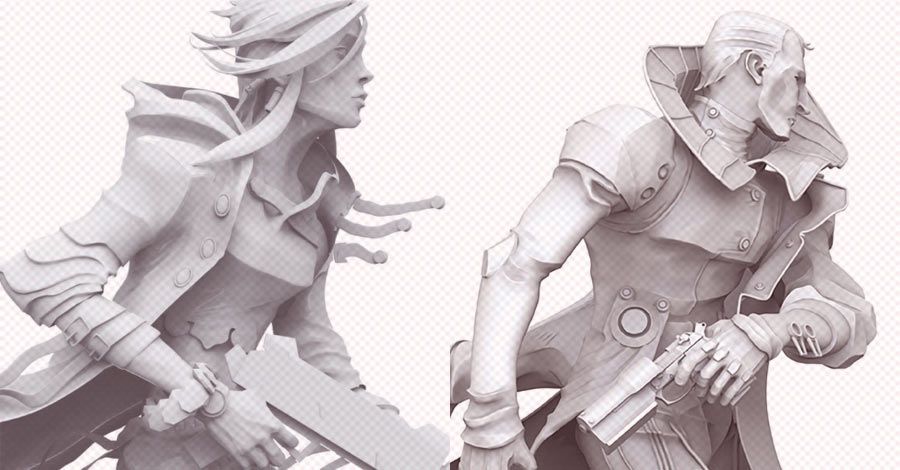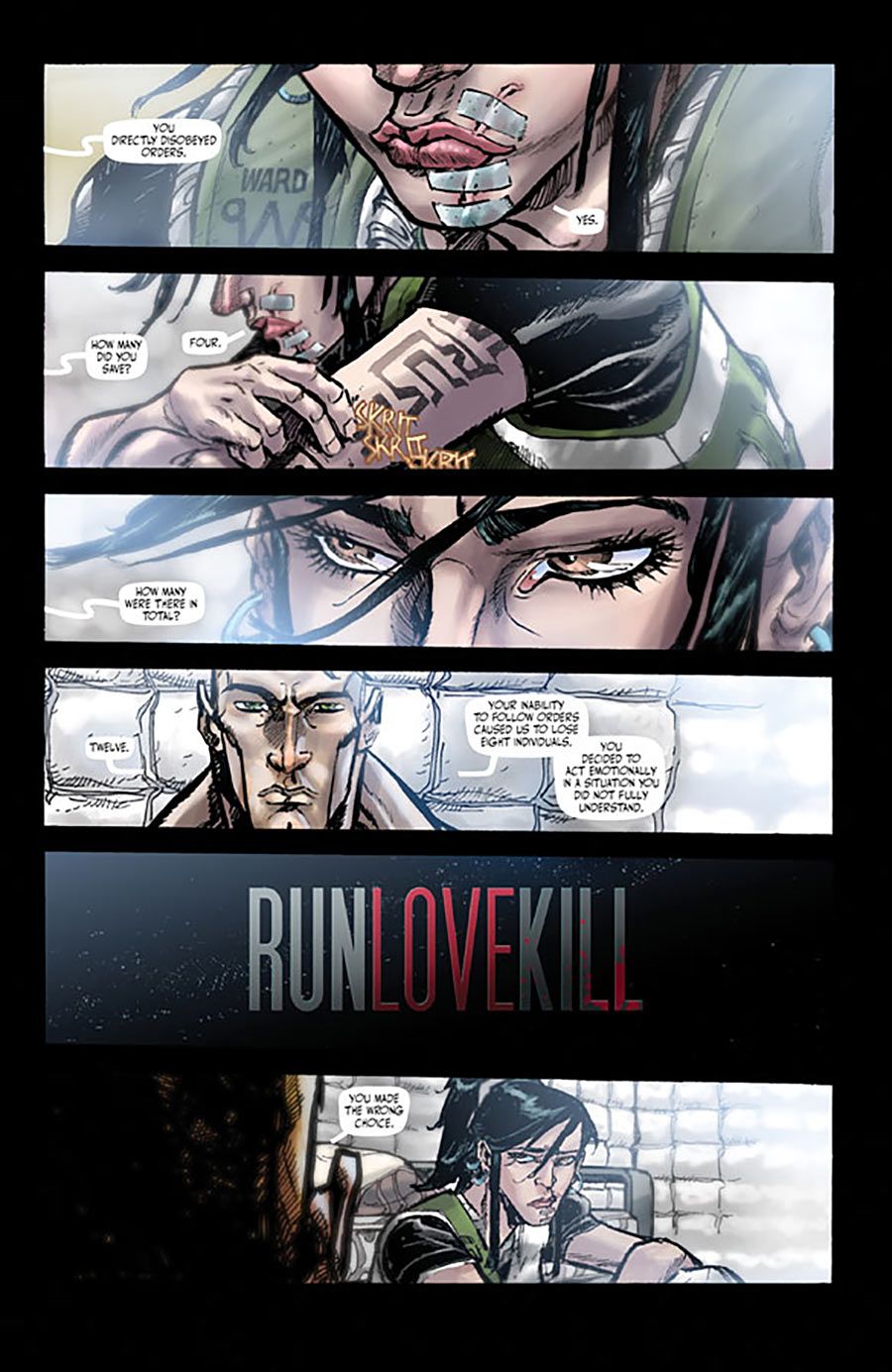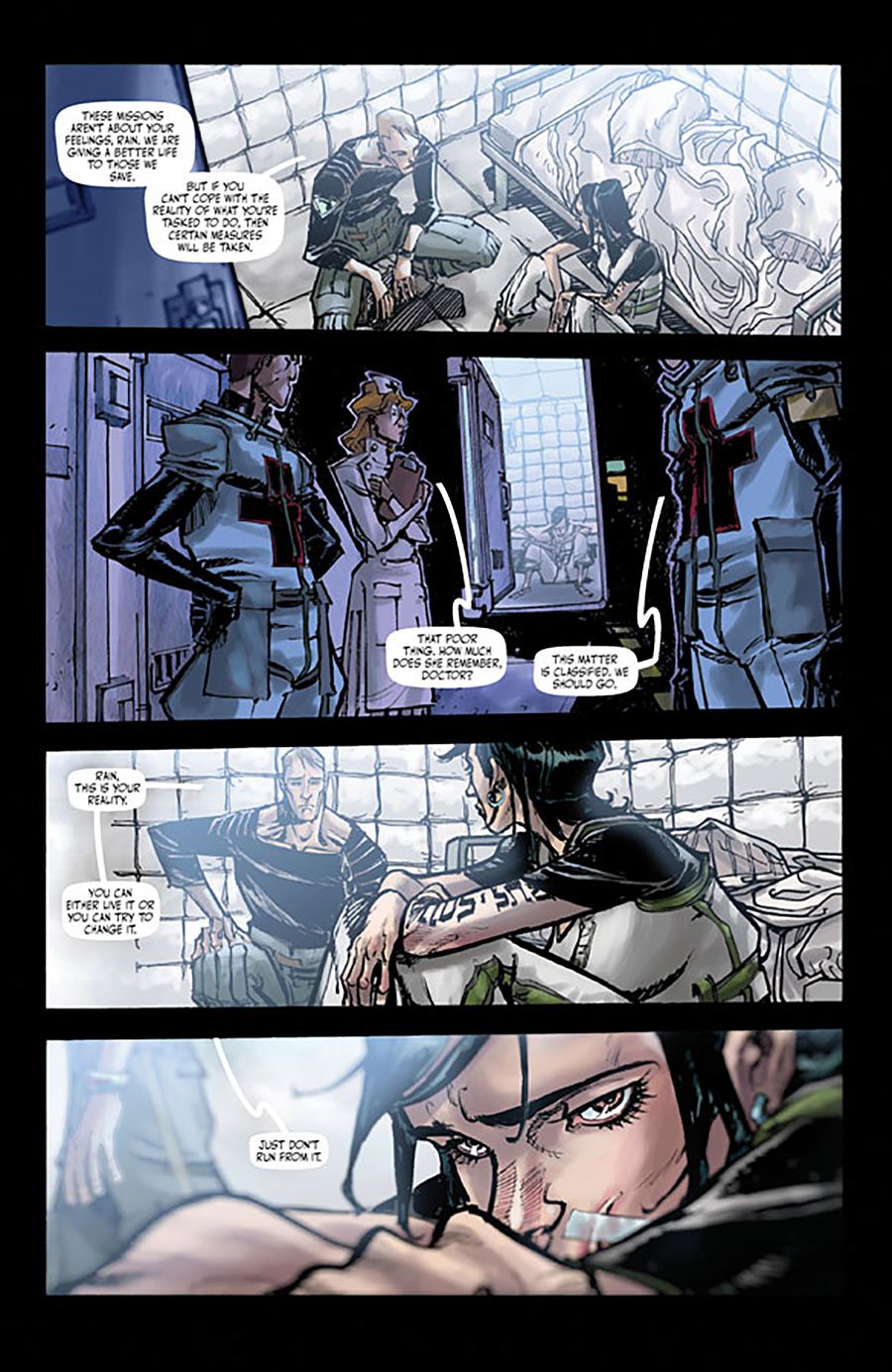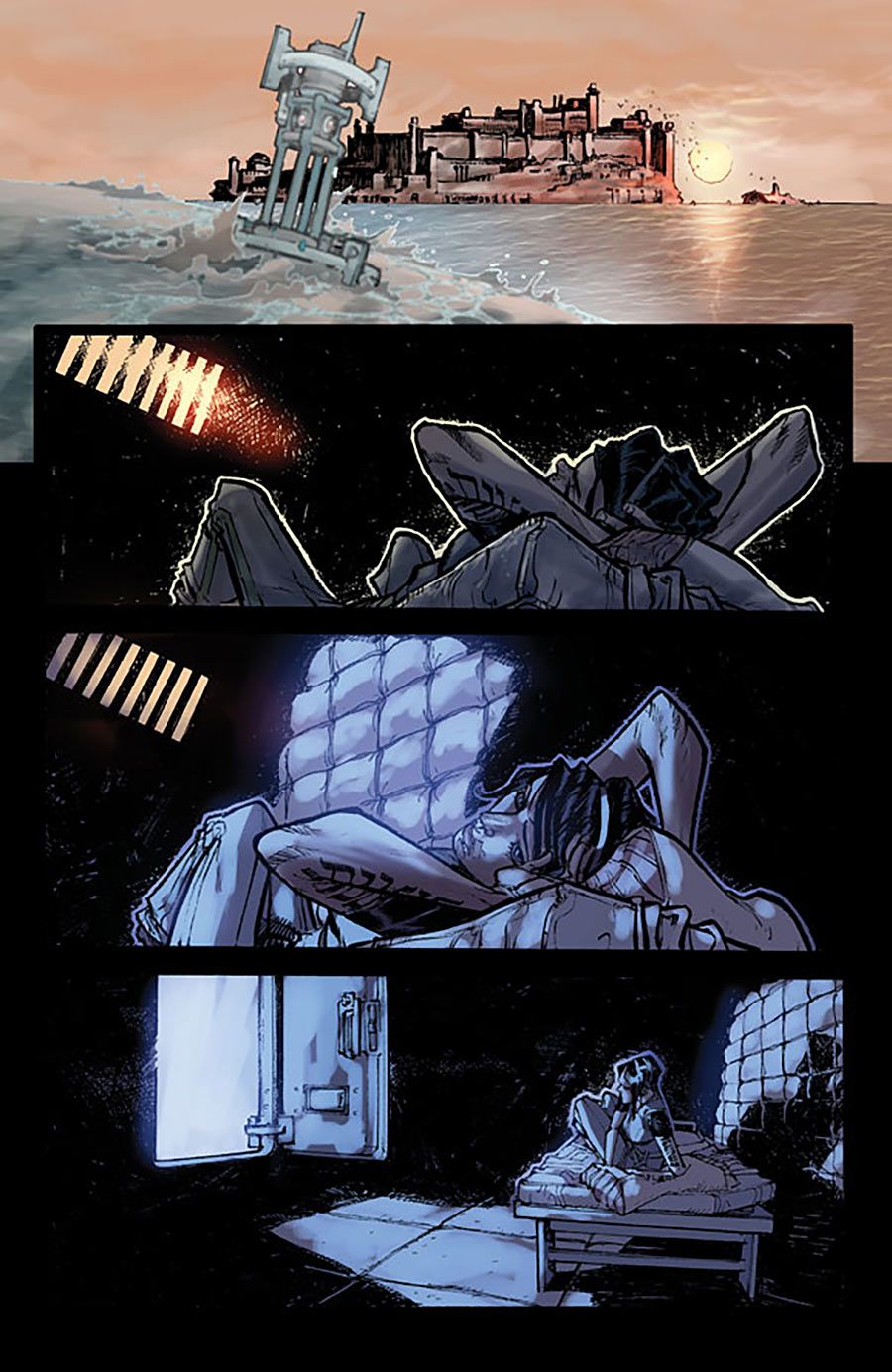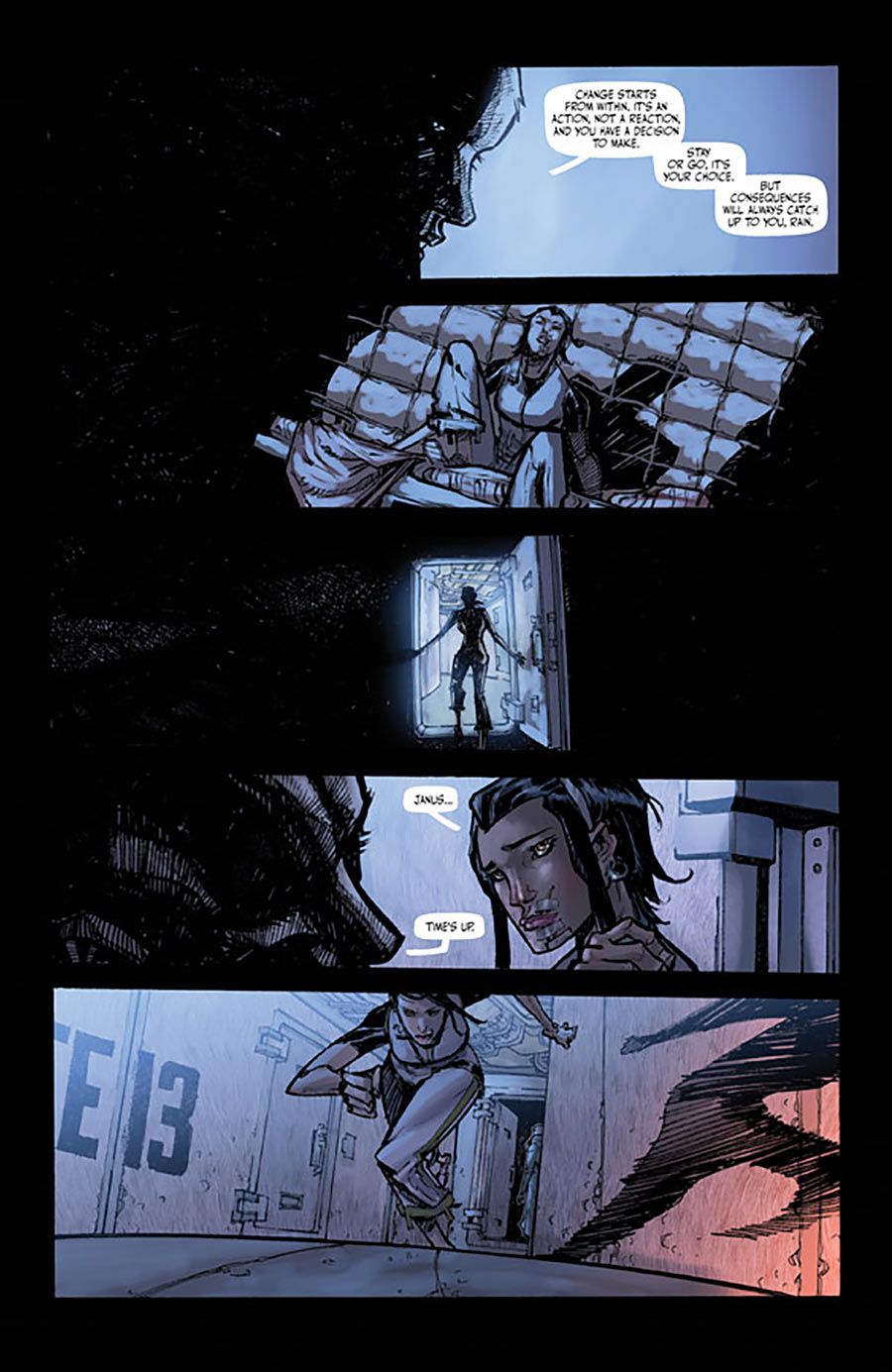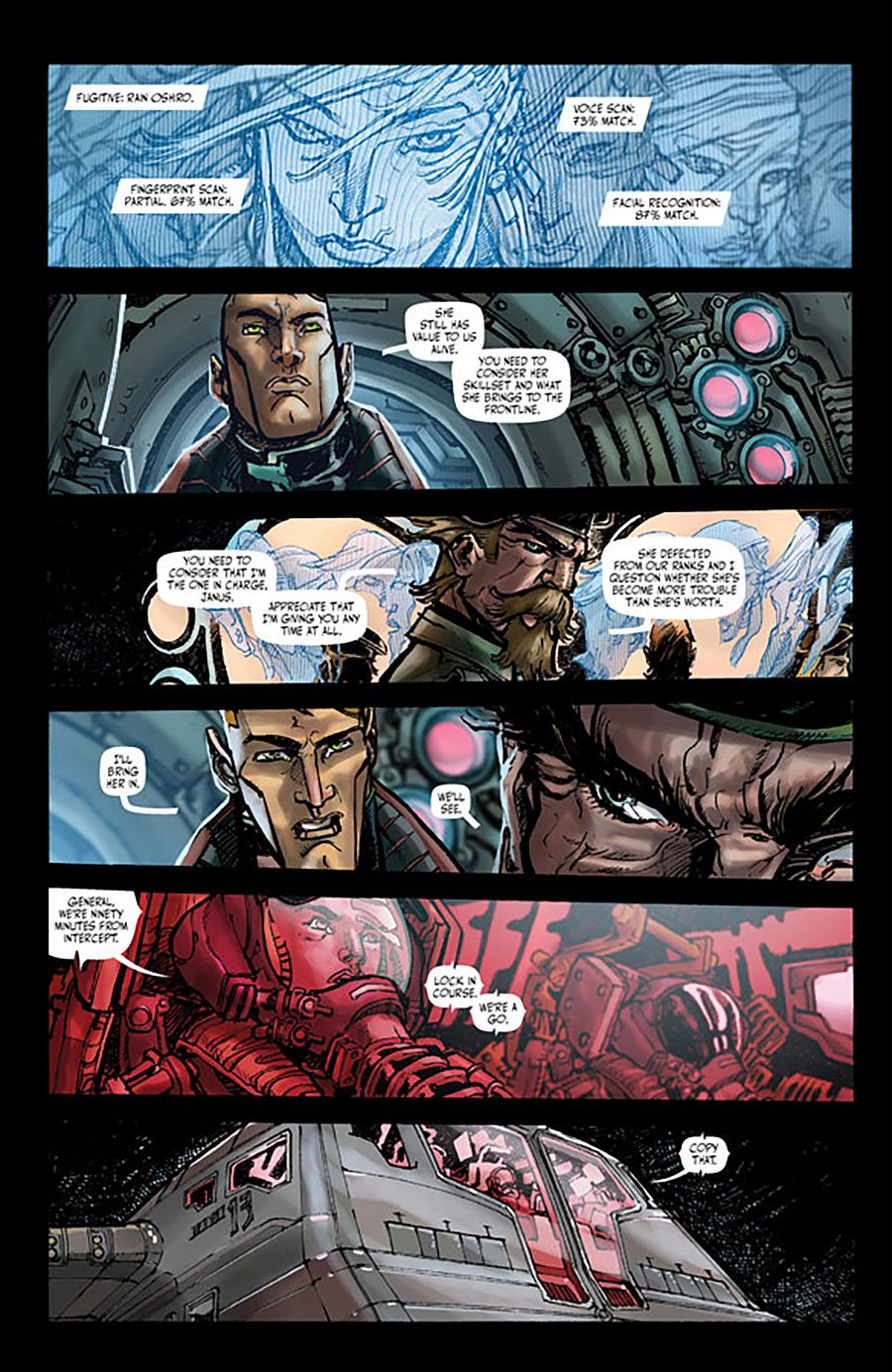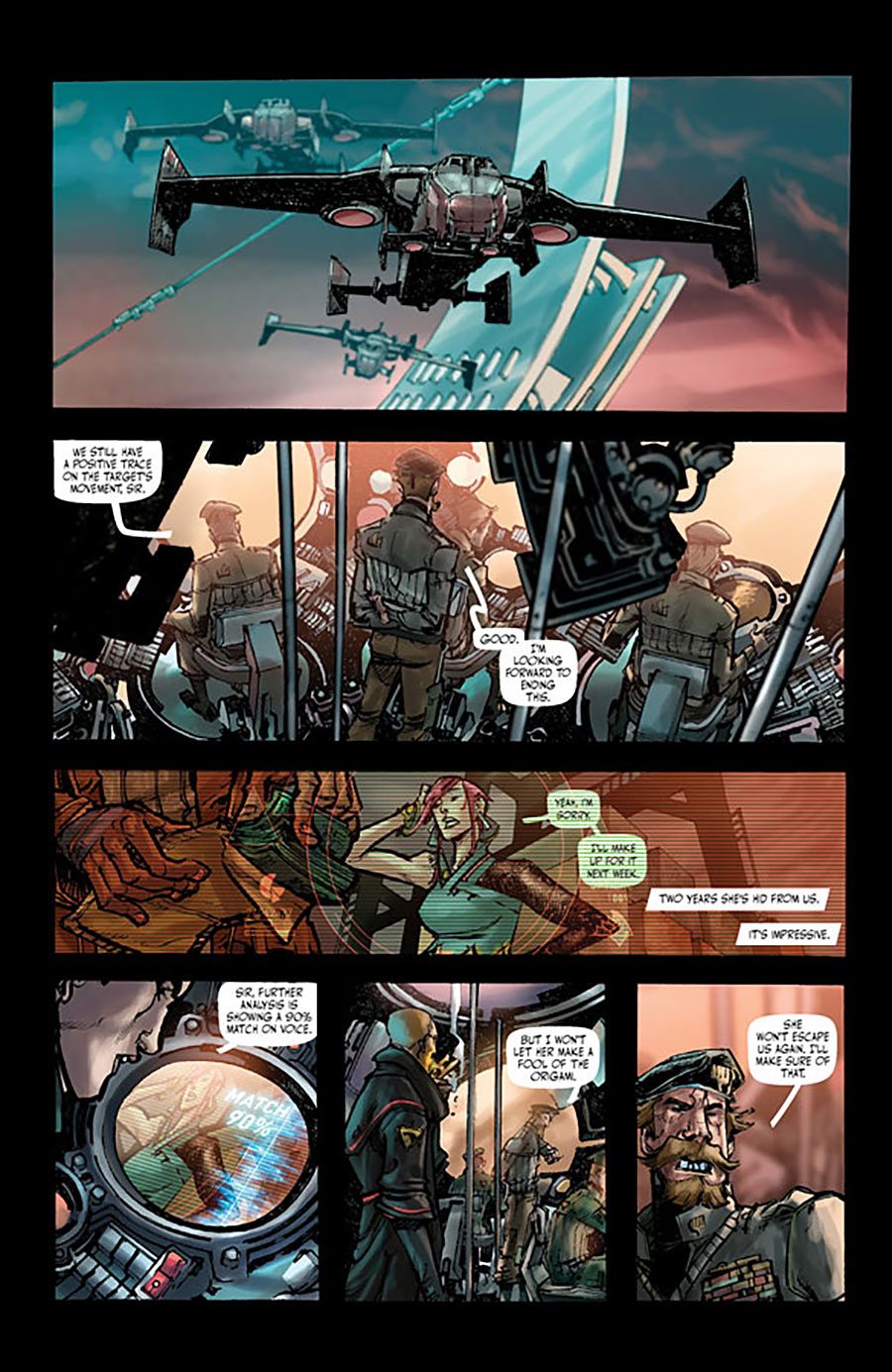The clock is ticking for fugitive Rain Oshiro as she fights to escape from a dystopian city run by oppressive military force, the Origami. Haunted by a mysterious and violent past, Rain must evade both capture and kill on her path out of barricaded Prygat. But with only 24 hours to make it out, will she be able to save herself? Blending dark science-fiction and hard-hitting action, writer Jonathan Tsuei and artist Eric Canete's recently launched Image Comics series "RunLoveKill" promises to leave readers breathless as Rain chases her elusive freedom.
Exploring themes of a compartmentalized society and the ideas of choice and consequences, "RunLoveKill" is an ambitious, fast-paced ride. The nonlinear narrative combined with Canete's sharp, stylish art builds a world quickly while staying focused on the very human element at the center of the story. The team joined CBR News to catch up on the first two issues, diving deeper into the process of creating relatable characters, the importance of pacing and the sci-fi worlds they'd each like to spend time in.
CBR News: The first two issues are out and the book is gorgeous. What has the reception been like so far?
Jonathan Tsuei: Thank you! The reception seems to have been pretty good so far. Of course, you can't please everyone, but I'm glad most people seem to be enjoying the first issue.
One of the things that stood out to me was the impact the story had without a ton of explanation -- you just drop us right in. How do you go about culling what isn't necessary and driving a deeper impact with what's left?
Tsuei: I think there were some people expecting a more traditional take on an issue #1, but the storytelling approach on "RunLoveKill" is definitely different in its pacing. Even though the first ten pages of the book don't have any words, there are a lot of clues about the story in there. You just have to look closely. As far as trying to figure out what is or isn't necessary, I think we just had to trust our plan for the story. We constantly question whether or not we are giving enough character moments or plot reveals to line up with our plan.
Eric Canete: By design, there's a measure in which we wanted to tell the story -- information is laid out in a very specific way. We had to plan the moments carefully and purposefully so that the audience is kept engaged and intrigued throughout.
Eric, you and Jon have been working on this story for several years -- how has it progressed over time? What are some of the most notable changes it underwent?
Canete: From a logistical standpoint, the page count ballooned from 48 pages to whatever it is now -- I've lost count. It went through several iterations --from a single issue, to graphic novel, to an 8-issue miniseries -- that took a lot of finessing and extra coordination. Ultimately the story was the determining factor on why it went from being a very truncated summary of a concept, into a much more rich and involved version of a character piece and world building.
This series focuses on choices, namely choices that are being made by the main character, Rain Oshiro. Do you remember a specific moment where you knew her voice and what path she would take?
Tsuei: I can't say there was a specific moment for me. I feel like I knew from the initial conception of the story what path Rain would take, but her voice came more organically as the story progressed in our writing stages.
With so much action, there's always the risk that characters may become unrelatable, but it sounds like you've put so much thought into who Rain is. What do you feel like you connect with the character on? What do you hope readers will connect with?
Tsuei: Yeah, that's always the danger when you have a story packed with so much action. For me I thought a lot about the times in my life where I had to make difficult choices and my reaction when faced with those choices. I didn't always make the right choice, in fact, I didn't always face the decisions I needed to make, so I put them off. Essentially, running from hard life decisions. Rain obviously takes a more literal approach to that idea.
Canete: For me, the action -- the guns, explosion, the fighting, etc. -- feels like a small part. The construction of the story is to contrast the intensity of so much fighting and running against the moments when the main character is just being human; going through and doing normal, daily things in her life. The hope is that there is enough relatable instances in her actions, whether she's fighting or interacting with the other characters, that the reader will be able to understand her better.
In the first issue, we see the running and the killing. Tell me more about the loving aspect. With such a specific mission and so many obstacles, what kind of love is Rain looking for?
Tsuei: I don't know that the "love" aspect of the story is necessarily love in the romantic sense. There's the love shared between friends, family, comrades. I feel if I talk about it too much I'll spoil what's to come, so that's all you get! [Laughs]
This story has a deep political thread. We have a strong, repressive government and a wall -- walls are major political issues. The wall in Israel, the wall between the U.S. and Mexico -- was there a particular wall you were thinking of when you were designing this world? Is the wall in your story intended to keep people out or in?
Tsuei: There wasn't a specific wall in mind, but it was put in place so that the reader could get a sense of the claustrophobia that Rain feels in her life, both from living on the run and from the oppressive presence of the Origami. We're led tobelieve that the wall is there to keep people out. As the story goes on we'll find out whether that's true or not.
Canete: I don't think I ever thought of the wall in "RunLoveKill" as having a physical analog to something in our world. As a plot and character device, it services what Rain rails against as a person. As a metaphor, my hope is that it asks us what walls are for; depending on your outlook, you're either protecting or deflecting.
Mixed with that political element is the sci-fi setting. What are some sci-fi worlds that inspired you?
Tsuei: Some of the worlds I loved growing up were "Robotech," "Akira," and "Star Wars," though I don't know that "RunLoveKill" resembles any of those by way of look. I would say our world has everything to do with Eric's design sensibilities and whatever he's got going on in that head of his.
If you had just 24 hours to spend in your favorite sci-fi world, what would it be? And what would you do?
Tsuei: "Robotech" for sure, as long as I get to fly a Veritech Fighter.
Canete: I love Moebius. I'd like to live in that world he helped build in "The Fifth Element" -- mainly for the visuals. I would take so many photos for my own personal visual reference library. I'm a sucker for world building.
"RunLoveKill" #3 goes on sale June 17, 2015.

